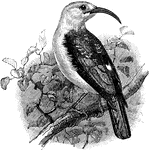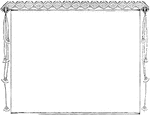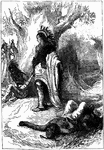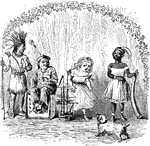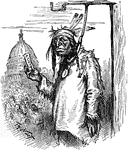Disk-floret of a Cornflower (Longitudinal
An illustration of a longitudinal section view of a disk-floret of the cornflower. Centaurea cyanus…

Winter Heath
Erica carnea (Winter heath, Winter Flowering Heather, or Spring heath; syn. E. herbacea, E. mediterranea)…
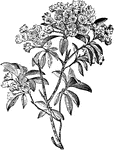
Mountain-laurel
Kalmia latifolia, commonly called Mountain-laurel or Spoonwood, is a flowering plant in the family Ericaceae,…

Comfrey
Comfrey (also comphrey) is an important herb in organic gardening, having many medicinal and fertilizer…

Comfrey Flower
Comfrey (also comphrey) is an important herb in organic gardening, having many medicinal and fertilizer…

Comfrey (Longitudinal Section)
Comfrey (also comphrey) is an important herb in organic gardening, having many medicinal and fertilizer…

Sepal and Fruit of Comfrey
Comfrey (also comphrey) is an important herb in organic gardening, having many medicinal and fertilizer…
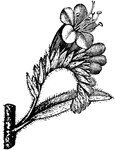
Viper's Bugloss Inflorescence
Echium vulgare (Viper's Bugloss) is a species of Echium native to most of Europe, and western and central…

Viper's Bugloss Flower
Echium vulgare (Viper's Bugloss) is a species of Echium native to most of Europe, and western and central…
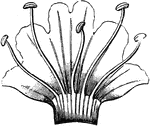
Viper's Bugloss Corolla and Stamens
Echium vulgare (Viper's Bugloss) is a species of Echium native to most of Europe, and western and central…

Beech
An illustration of a flowering branch and empty cupule of beech. Beech (Fagus) is a genus of ten species…
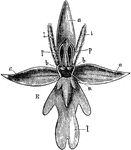
Fly Orchid
Fly orchid (Ophrys insectifera) is a plant of the family Orchidaceae, a native of the British Isles…
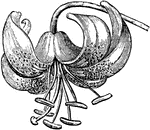
Turk's Cap Lily
Lilium martagon (Martagon or Turk's cap lily) is a species of lily. It has a widespread native region…

Lily of the Valley
Convallaria majalis, commonly known as the Lily of the Valley or Lily-of-the-Valley, is the only species…

Hepatica
An illustration of liverwort (Hepatica): a, Thalloid stem with female branches; b, Thalloid stem with…
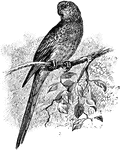
Elegant Parrot
The Elegant Parrot (Neophema elegans) is a grass parakeet with the synonym Euphema elegans native to…
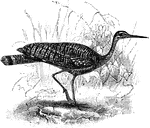
Sunbittern in Swamp
The Sunbittern (Eurypyga helias) is a bird native to the tropical regions of America.

Snail Kite on Branch
A Snail Kite (Rostrhamus sociabilis) is a bird of prey native to Florida in the Accipitridae family…
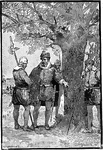
Croatan Carved into Tree at Roanoke
John White finds the only clue to the disappearance of the "Lost Colony" of Roanoke: a tree carved with…
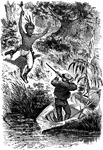
Fred Ransom and a Native American
From, Bache's book The Young Wrecker, the boy Fred Ransom defends himself against a Native American…

Osceola, Chief of the Seminoles
Chief Osceola of the Florida Seminole Indians stands proudly at his tribe's village.
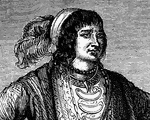
Osceola, Chief of the Seminoles
(1804-1838) Osceola was a war chief of the Seminole Indians in Florida, most recognized for his leadership…

Mud Snake Slithering through Grass
The Mud Snake (Farancia abacura) is a reptile in the Colubridae family of colubrid snakes native to…
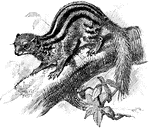
Broad-Striped Malagasy Mongoose
The Broad-Striped Malagasy Mongoose (Galidictis fasciata) is a small mammal in the Eupleridae family…
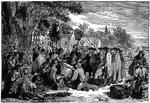
William Penn's Treaty with the Native Americans
An illustration of the treaty between the Native Americans and William Penn.
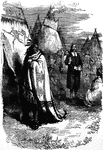
Man Preaching to Native Americans
An illustration of a man preaching to a group of Native Americans with teepees.
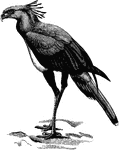
Secretary Bird
"Standing some four feet high on very long legs, this bird (Secretary Bird) gives the impression of…
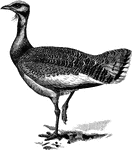
Great Bustard
"The Otis Tarda, the Great Bustard, which, as a native only became extinct in Norfolk about 1838, used…

Native American Rebus
"Eighty armed Pottawattomie Indians surround a house and attack the inmates." -Trowbridge, 1866
Meadow Soft Grass
It is a common native grass species in parts of northern Europe and is a hardy pasture grass. It is…
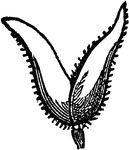
Creeping Soft Grass
Creeping Soft Grass or Creeping Velvet Grass is a species of grass, native to Europe and western Asia.

Criticism of Native American's Exclusion from Franchise
Nast depicts the criticism of Native American's exclusion from franchise by the caption "move on!".…
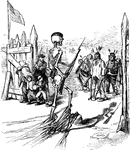
Stand Against Indian Outbreaks
Army of the Frontier stands firm against Indian outbreaks, despite retrenchment, red-tape, and a political…

Trenton High Falls
Trenton Falls, a geologist's playground, has been inspiring generations of scientists. Referred to as…
Garpikes Fish
The spotted Gar (Lepisosteus oculatus) is a primitive freshwater fish of the family Lepisosteidae, native…

Niagara River and Falls
Niagara, though often popularly translated as "Thundering Waters", this is a folk translation with no…

United States Department in the Crystal Palace
This view of the United States Department at the Great Exhibition of 1851 depicts people viewing exhibits…

Flag of Wallis and Futuna, 2009
Color flag of Wallis and Futuna. Unofficial, local flag has a red field with four white isosceles triangles…

Flag of Wallis and Futuna, 2009
Black and white outline flag of Wallis and Futuna. Unofficial, local flag has a red field with four…

Flag of Zimbabwe, 2009
Color flag of Zimbabwe. Seven equal horizontal bands of green, yellow, red, black, red, yellow, and…

Flag of Zimbabwe, 2009
Black and white outline flag of Zimbabwe. Seven equal horizontal bands of green, yellow, red, black,…

Native American Boy with Headdress
An illustration of a boy wearing a Native American costume and headdress.
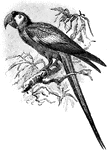
Macaw on Branch
Macaws are small to large, often colorful New World parrots. Macaws are native to Mexico, Central America,…
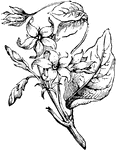
Tiger's Claw Flower
An illustration of the flower of a Tiger's Claw tree. Erythrina variegata (Tiger's Claw, Indian Coral…

Canada Mayflower
An illustration of flowering plant of the Canadian mayflower, flower (a), and fruit (b). Maianthemum…

Manchineel Tree Stem & Fruit
An illustration of a manchineel tree stem and fruit. The Manchineel tree (Hippomane mancinella) is a…
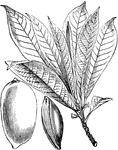
Mamey Sapote Branch & Fruit
The mamey sapote (Pouteria sapota) is a species of tree that is native to southern Mexico. Today, the…
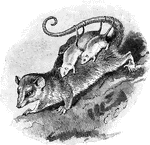
Possum
A possum (plural form: possums) is any of about 69 small to medium-sized arboreal marsupial species…
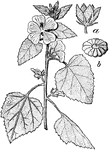
Marshmallow
An illustration of the common marshmallow, flower (a), and fruit (b). Althaea officinalis (Marshmallow,…
